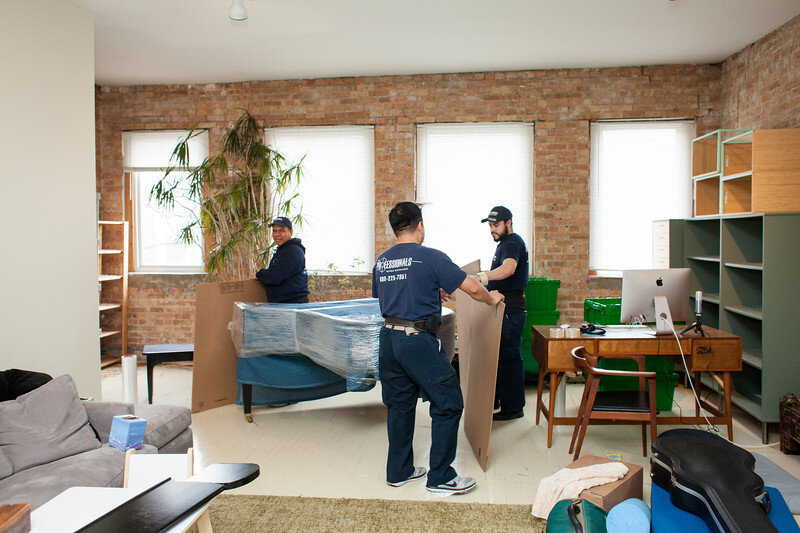Tackling the Freeze: Your Ultimate Guide to Moving Safely During a Chicago Winter
Don’t Break the Bank (or Your Back): Why Professional Piano Moving is Worth the Cost
Packing for a Long-Distance Move: 10 Common Mistakes to Know
Packing is one of the most time-consuming parts of any move—and when you’re relocating long-distance, the stakes are even higher. Unlike a local move, you won’t be able to run back for forgotten items or easily replace damaged belongings.
How to Downsize Before a Long-Distance Move (and Save on Costs)
Planning a long-distance move is exciting, but it can also feel overwhelming—especially when you realize just how much stuff you’ve accumulated over the years. The more you bring, the more it costs to move, and the more stressful the process becomes. That’s why downsizing before a big move isn’t just about decluttering—it’s about saving money, time, and energy.





